The 15th edition of Hyderabad’s premier cultural event, the Hyderabad Literary Festival, marked yet another triumph for its patrons and fans this year. The three-day event, at ‘Sattva Knowledge City’, expanded on its ambition of being a multi-format, multi-discipline festival bringing together the best of art, culture, dance, music, political, sociological and scientific thought, all bound around literary themes. HLF’s keynote speakers included Shabana Azmi, Aruna Roy, Huma Qureshi, Amol Palekar, Rajdeep Sardesai, the actor Siddharth, Soumya Swaminathan and many others.
HLF’s big-tent spirit also found space for science and scientific ideas with roots in the city. The science stream, ‘Science and the City’, aimed to bring science to the cultural conversations of Hyderabad. With 13 sessions planned over 3 days, the science stream brought together historians of science, journalists, public health experts, scientists, naturalists, grassroots and cultural innovators, and even a couple of artists together, mixing and matching them to discuss ideas of interest.
Science in the city
A decade ago, the world was agog with the advent of CRISPR gene-editing technologies in USA. For a while, it looked like this cutting-edge technology will be limited to, and of value to, high-income countries alone. A few years ago, a breakout scientific effort in India has helped us forge a separate path: a separate bacterium source and a cost-structure that is more suited to India. Arkasubhra Ghosh, Narayana Nethralaya, Bengaluru and Indumathi Mariappan, L V Prasad Eye Institute, discussed their work developing unique approaches to gene therapies. Speaking to Somdatta Karak, head of Science Communications at the Centre for Cellular and Molecular Biology, they outlined the range of inherited genetic diseases that they are hoping to tackle using repaired stem-cells customized to each patient.
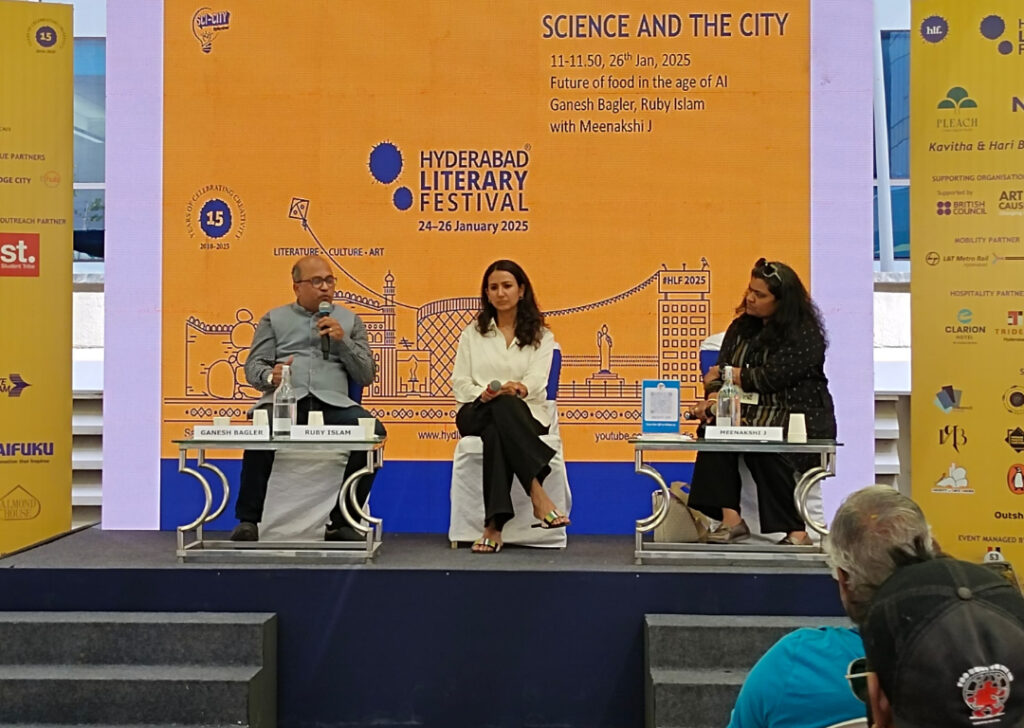
Innovation is not limited to the cutting-edge of science alone. Brig. Ganesham of Palle Srujana and Meraj Faheem argued for a model of grassroots innovation that emphasizes local solutions, solving local problems at affordable costs. Showcasing their many patents, including the President’s Award for Mallesham of Pochampally fame, Brig. Ganesham chastised our efforts to impose models from elsewhere, force-fitting those models here. Similarly, a panel with Kanchana K V, CEO, Network of Indian Cultural Enterprises; Vijaya Krishnappa, operations and strategy leader at KOSHA, and Madhav Raj Bhatt of Indigharana discussed the promise of GI tags for homegrown cultural products. Our lack of local understanding seeps into our ignorance of local ecology as well. A panel with noted nature journalist, Janaki Lenin, Avinash Vishvanathan of ‘Friends of Snakes’ society, and Karthikeyan Vasudevan, herpetologist at CCMB, discussed reptile-human conflicts in cities. Noting that garbage breeds rats, which attract snakes, the panel emphasized that snakes, though wild, are urban creatures too. But how can we learn to live with them?
Science matters
The stream also included sessions discussing the history of science in Hyderabad (and the region), with Aparajith Ramnath, author of ‘Engineering a Nation,’ a biography on M. Visweswaraya; and Dinesh Sharma, author of ‘Beyond Biryani’ that looks to question stereotypes on Hyderabad chatted with Usha Raman, Professor of Communications, University of Hyderabad, on the development of science and engineering works in the city. Tracing the story of Hyderabad from its establishment 400 years ago, to the 1908 floods and the modern conception of a city, the panel noted the many scientific institutions that call Hyderabad home today.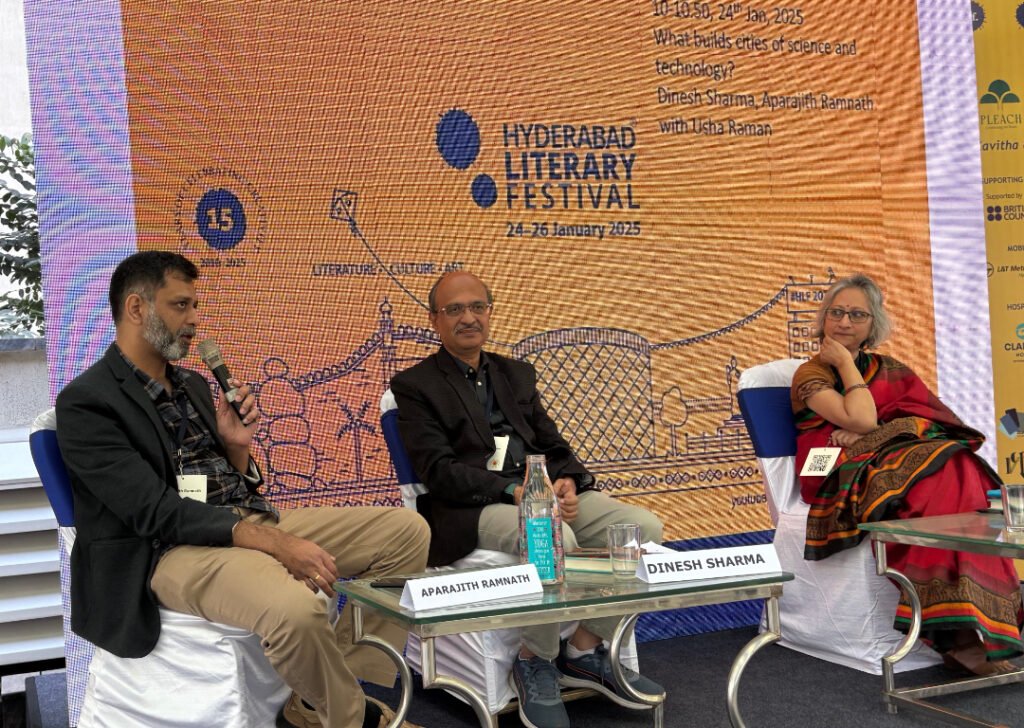
Issues of health, including nutrition and women’s health featured on the program. SubbaRao Gavaravarapu, the Principal Investigator behind India’s Nutritional Atlas, from the ICMR-National Institute of Nutrition, discussed survey data and the limitations of our knowledge of the nutritional status of Indians. Then, with Latha Sashi, chief nutritionist at the Fernandez Hospital, they discussed the many myths and falsehoods of diet and nutrition prevalent on social media, with Meenakshi J, health journalist. Meenakshi also spoke to Ganesh Bagler, who heads a computational gastronomy lab at IIIT-Delhi, and Ruby Islam, pastry chef and chocolatier at Hyderabad-based Manam Chocolates. Together, Ganesh and Ruby explored the complexity of taste and palette, with Ganesh offering quantitative tools to expand our understanding of flavour, and Ruby discussing her artisanal approach to the same.
Women’s health is often limited to pregnancy, while a variety of issues from menarche to menopause are under-discussed and poorly addressed. A panel with Sapna Desai, public health researcher working on women’s health and community-based interventions; Archana Satwalekar, practicing gynecologist; discussed these themes with Ayesha Minhaz, journalist at The Frontline. The misuse of antibiotics and the spectre of a resurgence of diseases that are now immune to antibiotics was discussed in a panel moderated by Sarah Hyder Iqbal, co-founder of Superheroes against Superbugs. The panel included Soumya Swaminathan, previously Chief Scientist at the World Health Organization, and Nandita Venkatesan, a patient rights advocate who fought to make bedaquiline, a TB medication, cheaper and accessible to Indians.
What role does the scientific process play in our imagination, and in our daily living? Appupen, graphic novelist, and Gautam Bhatia, Science Fiction/Speculative Fiction novelist, discussed their books and the genre with Jaideep Unudurti, freelance journalist. Pankaj Sekhsaria, Associate Professor at IIT-Bombay, and Kavita Vemuri, Assistant Professor, IIIT-Hyderabad, debated the role of citizens in the practice of science. Anusheela Chatterjee, head of Science Communications, TIFR-Hyderabad led the discussion.
A personal highlight of the science stream was a conversation, a samvaad, between two scientists and two artists on the perception and interpretation of art. The two artists, Sameera Maruvada and Priyanka Aelay, presented a few of their art-works and discussed their creative process, motivations, and themes. Shrikant Bharadwaj, Vision scientist at LVPEI, and Priyanka Srivastava, Cognition Scientist at IIIT-Hyderabad, discussed the process by which human visual systems break down information from a painting, and the brain reassembles it, and makes meaning.
All sessions saw full audiences participating in the discussions after each session. The Science stream also included STEM stalls that featured vibrant stalls every day from a variety of scientific institutions in Hyderabad.
*
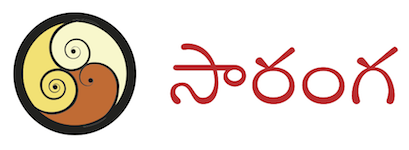
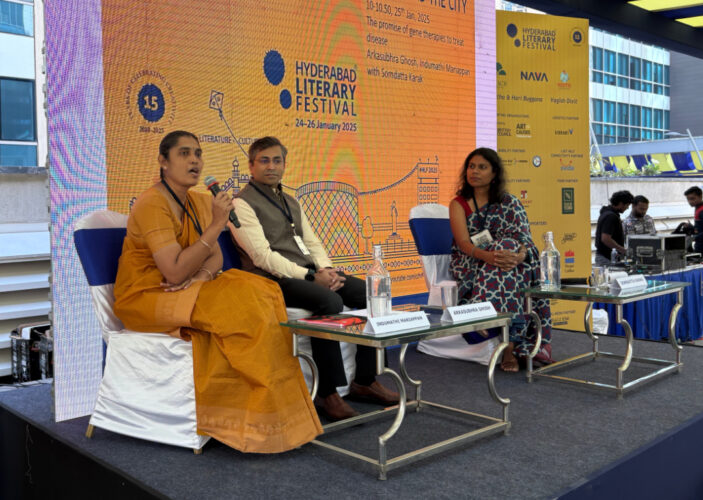

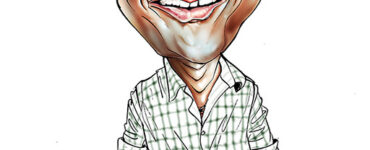
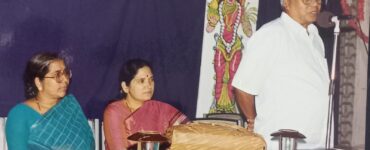
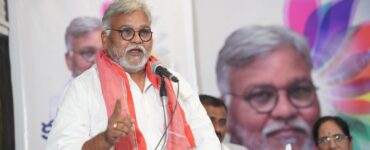
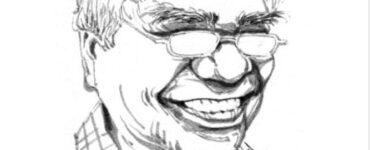
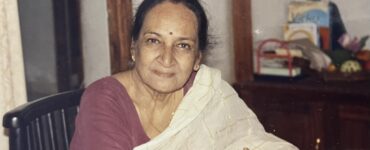
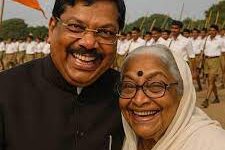
Add comment